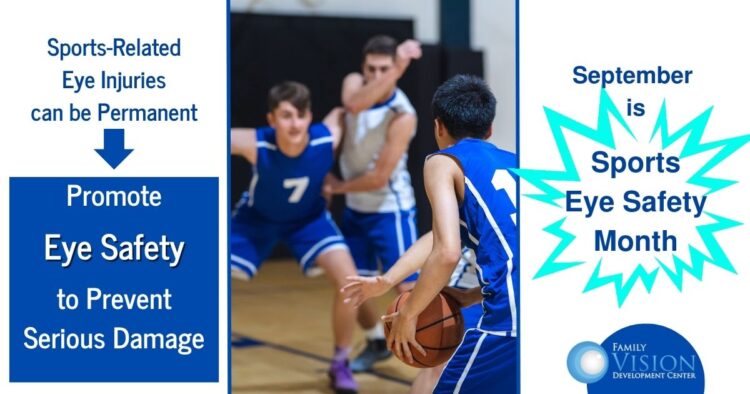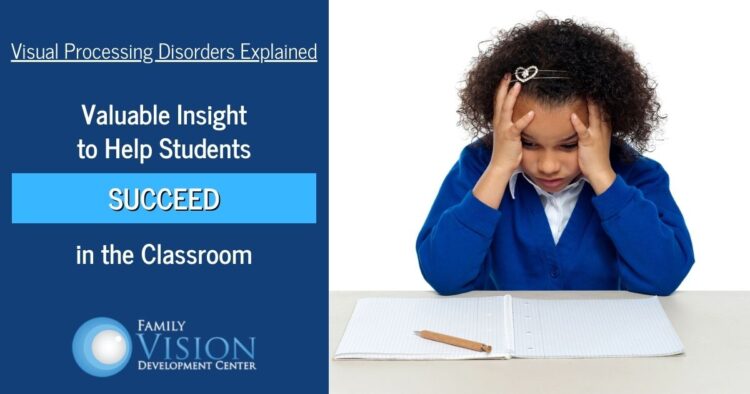

Eye Protection for Young Athletes: 4 Essential Tips
Sports are a great way for young athletes to stay active, build discipline and learn about teamwork. However, while the benefits of participating in sports are great, it is also important to address the potential risks and take precautions. Every year, thousands of children sustain serious sports-related eye injuries in sports like baseball, basketball, hockey, racquet sports and others. Therefore, parents, coaches and athletes must all understand that eye safety must be a top priority during sports participation.
Common Eye Injuries for Young Athletes
In order to understand the importance of eye protection during sports, it helps to understand what types of injuries young athletes are in danger of experiencing. Without proper eye protection, the most common types of eye injuries include:
- Corneal abrasions – painful scrapes on the surface of the eye that can occur from flying dust or debris, or from a poke in the eye by a finger.
- Blunt injuries – injuries caused by the impact of an object, such as a flying ball, racquet, elbow or fist.
- Penetrating injuries – these serious injuries occur when a foreign object pierces or punctures the eye, and they must be treated immediately to prevent lasting damage.
Warning Signs of a Sports Eye Injury
Things can happen quickly during a sporting event, and young athletes may not realize they have been seriously injured. Some signs or symptoms to watch out for include:
- Vision loss
- Bleeding on the surface or inside of the eye
- Eye pain
- Double vision
- Redness around the white part of the eye
- Eye or facial swelling
- Cut on or near the eye or eyelid
- Pupil size looks unusual
Ways to Prevent Sports-Related Eye Injuries
When it comes to youth sports, taking the proper precautions up front can be an essential step to prevent eye injuries from occurring.
- Most importantly, young athletes should always wear the proper protective eyewear for a sport with a risk of eye injury. This includes high-risk sports such as baseball, hockey and racquet sports, to lower-risk activities like track & field and swimming.
- Parents and athletes should fully understand the risks of injury for a sport before agreeing to participate.
- Parents should bring their child to Family Vision Development Center for protective eyewear recommendations before beginning any sports program.
- Parents should ensure that proper procedures are in place and that the athletic directors are adhering to all safety recommendations.
- If an eye injury does occur, parents should recognize the warning signs and make sure they get their child evaluated by us immediately to avoid permanent vision damage.
Visit Family Vision Development Center for any Vision Concerns
Some sports-related eye injuries can heal on their own, with only minor treatment needed for pain. However, other injuries can be more serious and can result in damage to the eye structure and even permanent vision loss. At Family Vision Development Center, we can perform a full examination and determine the severity of the injury, recommend the proper treatment, as well as clear a student to return to their sport when appropriate.
Enhance Visual Skills for Better Athletic Performance
Family Vision Development Center offers more to young athletes than just treating injuries. In fact, our sports vision therapy programs are an extremely effective way to sharpen and strengthen the visual skills needed to excel in sports. For example, athletes rely on hand-eye coordination, strong peripheral vision, quick reaction times and accurate tracking ability. A customized sports vision therapy program can take an already high-performing athlete and give them an important edge over their competition.
Whether you are in need of treatment for an eye injury, or want to boost your athletic performance to a new level, our team can provide the right support. You can never be too careful when it comes to your child’s vision, so always consult with us to ensure the proper action is taken following any kinds of sports-related eye injury. Contact us at 630-862-2020 to learn more or to schedule an appointment.
Family Vision Development Center is a full-service vision center offering innovative vision therapy services, sports vision therapy, post-concussive vision rehabilitation, comprehensive vision exams for eyeglasses and contact lenses, management of ocular diseases including glaucoma, diabetes, macular degeneration and cataracts, and a state-of-the-art optical center offering the latest designs in eyewear.

